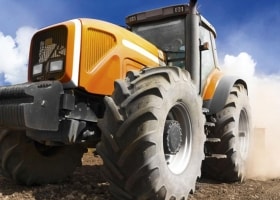Connected Vehicles
Discover our portfolio enabling your Data Connectivity to go further.
Discover our PortfolioOn-Demand Webinars
Make Every Connection Count
When every connection counts, TE manufactures reliable connectivity products designed to withstand harsh environmental conditions for commercial and industrial transportation.












